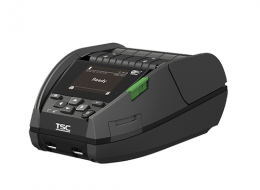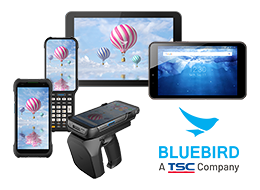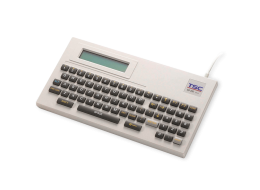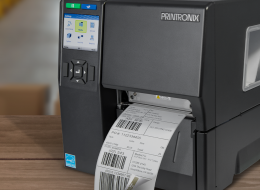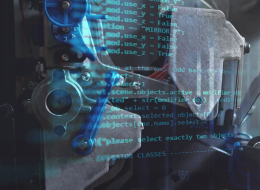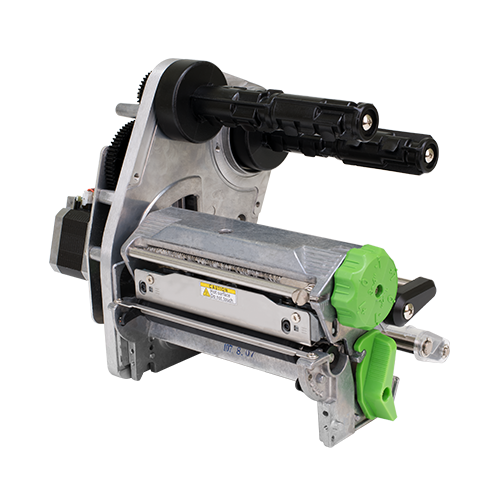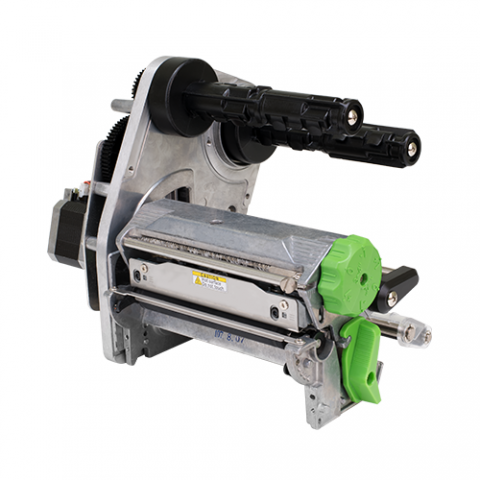MB Series 4-Inch Performance Print Module
This print module is designed for fast label throughput. It is available in two models, the MB240 and MB340 Module, with 203 dpi printing at up to 10 ips and the 300 dpi model which can print up to 7 ips.
Industries and Applications
The MB Series 4-inch Performance Print Module is designed for light industry printing. It features a die-cast aluminum print mechanism that is durable enough to withstand the tough production environments. Its compact design is a perfect fit for tight workspace.
The MB Series Print Module is designed for light industry printing. It features a die-cast aluminum print mechanism that is durable enough to withstand the tough production environments. Its compact design is a perfect fit for tight workspace.
Optimal Quality
Designed for fast label throughput, the MB Series Print Module is available in two models, the MB240 and MB340 Module, with 203 dpi printing at up to 10 ips and the 300 dpi model which can print up to 7 ips.
Our "Thermal Smart Control" printhead technology tracks and precisely calculates the duration that each pixel needs to be heated to provide accurate, crisp, and clear labels every time, whether you are printing one label at a time or thousands in a batch.
Multiple Connectivity Options
Connectivity interfaces include Ethernet, USB, USB-Host, and Serial RS232. There is also an optional General Purpose Input/Output (GPIO) interface for connection to a variety of industrial and label application equipment.
- 203 dpi (8 dots/mm)300 dpi (12 dots/mm)
- Direct thermal/Thermal transferDirect thermal/Thermal transfer
- Ethernet
GPIO
Serial RS-232
USB
USB HostEthernet
GPIO
Serial RS-232
USB
USB Host - TSC ConsoleTSC Console
- Print modulePrint module
- Up to 12 ips (304.8 mm/s) @ 203 dpiUp to 9 ips (228.6 mm/second) @ 300 dpi
- 4.21" (107 mm)4.16" (105.7 mm)
- 256 MB SDRAM256 MB SDRAM
- 256 MB256 MB
- CutterCutter
- 0.8"-4.7" (20-120 mm)0.8"-4.7" (20-120 mm)
- Continuous, die-cut, black mark, fan-fold, notchContinuous, die-cut, black mark, fan-fold, notch
- 450 Meters
- 450 Meters1.6" - 4.3" (40 - 110 mm)
{[{ key }]}
- Select the printer → Function → Printer Configuration → Get
- Adjust the value of Speed and Density then press Set to finish setup.
- TSC Console → Advanced → Preference → Language
- Click the checkbox to select the printer/printers.
- Click ToolsàFile Manager Tool option to access File Manager page.
- Turn the file type into True Type Font.
- Press Browse to select the font file.
- Press Download.
- TSC Console → Select the printer → Functions → Printer Configuration → Factory Default.
- TSC Console → Select the printer → Functions → Printer Configuration → Calibration.
- Click the checkbox to select the printer/printers.
- Click ToolsàFile Manager Tool to access File Manager page.
- Turn the file type into Firmware File.
- Press Browse to select firmware file.
- Press Download to update firmware.
- Let computer detects the printer or manually install the driver first.
- Make sure the printer is power on and connected. (wired connection user)
- Please make sure the Ethernet cable and the printer are well connected and lights are flashing.
- Check the printer is power-on.
- Check the printer, port, and driver are all correct.
- Media should be loaded and located correctly before calibration, and check the sensor position before printing. For further detail, please refer to user manual.
- Wrong media type might be used.
- Switch off the power and turn on again.
- Computer might have detected the device already.
- Use wrong ribbon and wrong ribbon’s width may trigger this problem.

